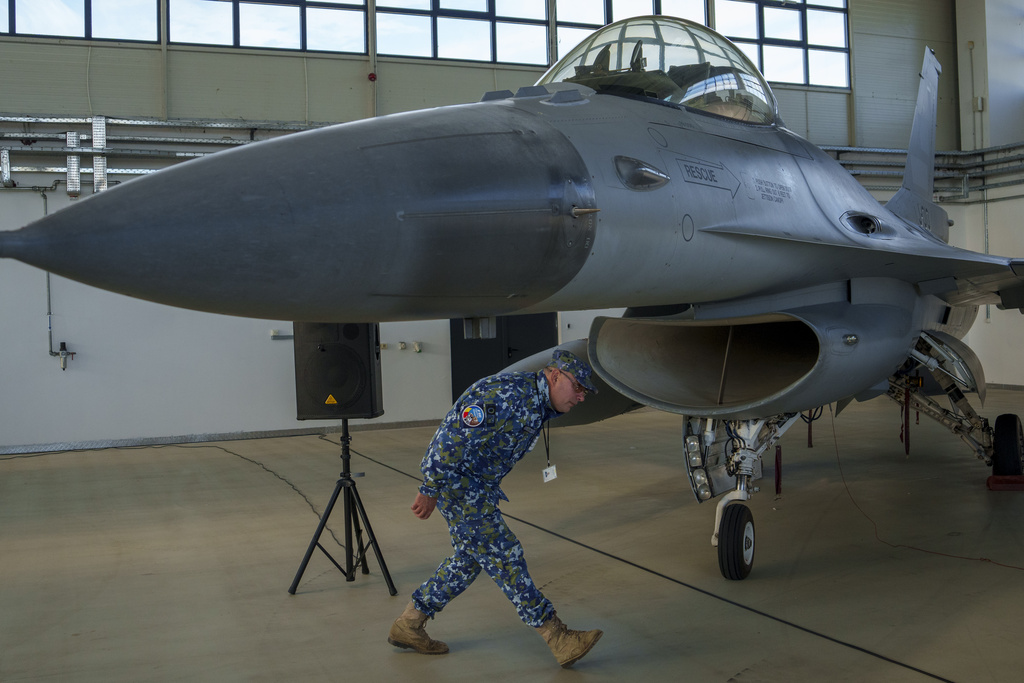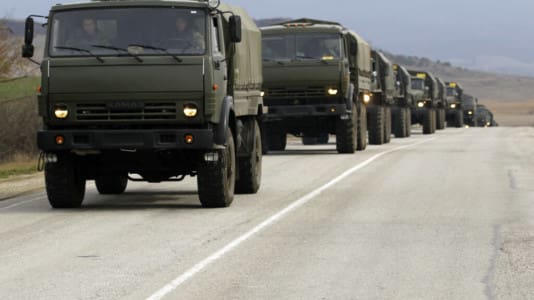With the U.S. crash training of Ukrainian pilots for the F-16s almost halfway through, news portal Mandiner looks at how the U.S. fighter planes will change the power balance in the war.
Bálint Somkuti, a military expert of the MCC geopolitical workshop, told Mandiner that in contrast to Kyiv’s previous boasts regarding its military gains in the war, it now seems that the training of its pilots might be advancing faster than the military leadership admits.
“Kyiv may be further ahead in the deployment and training of F-16s than it communicates implicitly,” Somkuti said. More specifically, he believes Ukrainian F-16s could be in the skies as early as late December or early January.
According to the expert, the maximum number of these could be 150, but more likely 100, although the Ukrainians have asked for 200. In contrast, the Russians have 600-700 fourth-generation or even more modern aircraft on the other side of the front, so even if the Ukrainians are counting on 150 perfectly equipped aircraft with well-trained pilots, this will be enough to achieve local air superiority at most, and even then only temporarily.
However, Somkuti points out that this is where things get more complicated: The question is what kind of training the (future) Ukrainian pilots will receive. The six months mentioned above are certainly not enough for training pilots from scratch, but they may be enough for retraining, and the Ukrainians may have enough suitable manpower for that, the expert says. However, the question is also whether they will be trained as fighter pilots, for example, or will they be prepared solely to support ground troops. And have they also started training ground support personnel at the same time?
‘Luxury weapons’
Having the machines and the staff is one thing — although they are tens of millions of dollars in themselves — but they are very high-maintenance assets and there are also serious conditions for operation.
“F-16s, for example, need long, straight, high-quality runways,” Somkuti says, but these are relatively easy for the Russians to destroy.
Of course, Polish bases could also be used by Ukrainian fighters, for example, but that would lead to a serious escalation of the war, as Moscow has hinted. In addition, the range would be greatly reduced if these planes had to fly 400-500 kilometers from the base instead of 50-100, and they would have to carry more fuel and thus less weaponry, the expert says, stating the bottom line:
“The fourth-generation fighter is essentially a luxury weapon that the Ukrainians can only afford at a very high price,” he added.





